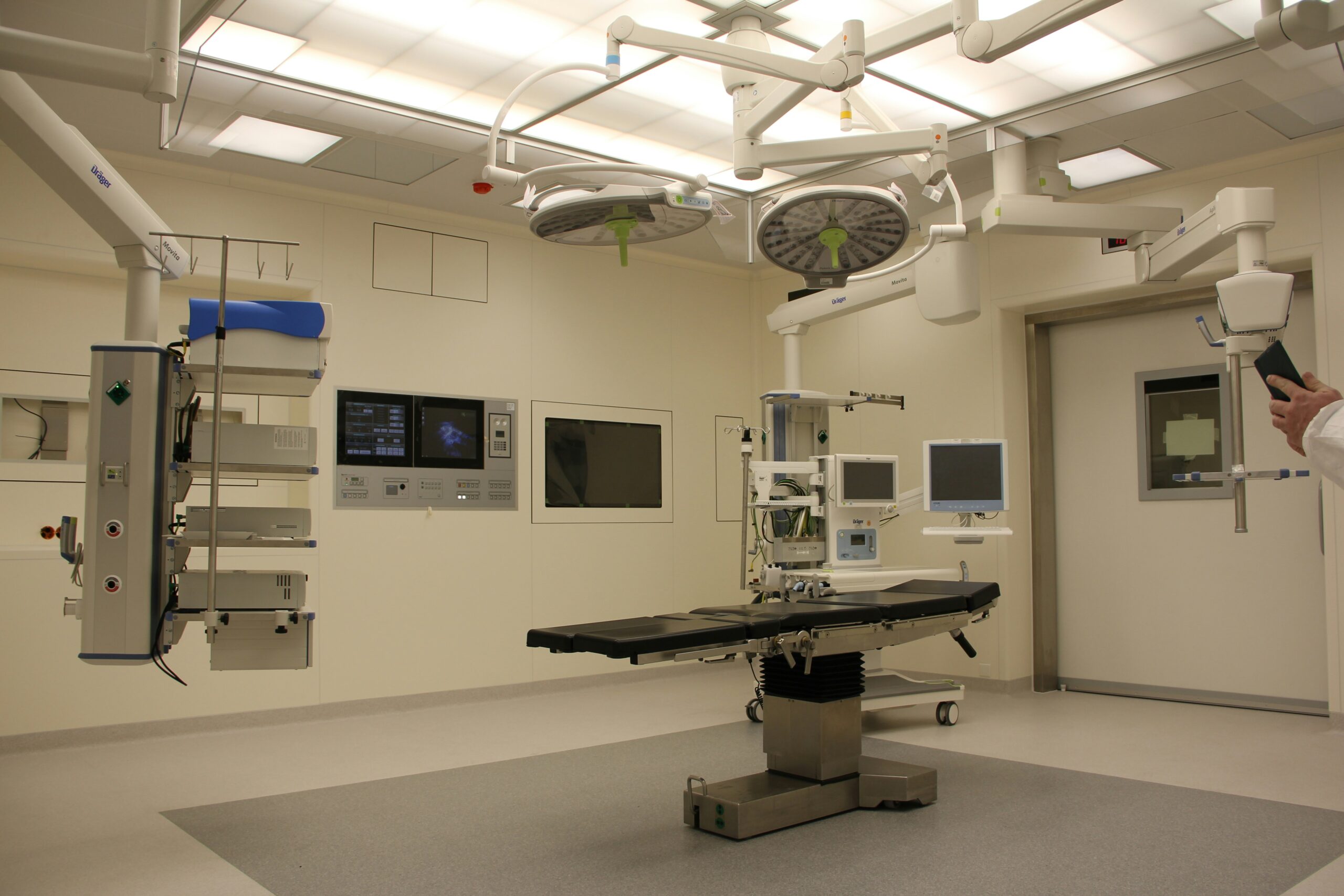Venous ulcers are shallow skin wounds that occur mostly around the legs. They result from venous insufficiency, a condition where leg veins lack sufficient valves that reduce blood efficiency to flow back to the heart. Venous ulcers occur above the ankle on the side of the legs and can be very difficult to heal. Ashley Huddleston MD is a qualified venous wound specialist at Wound Evolution. Book an appointment for advanced and customized treatment.
Who is at risk of a venous ulcer?
Below are the various factors that can increase the chances of developing venous ulcers:
Obesity: Excess weight exerts too much pressure on the lower part of the body, especially the leg veins. This, in turn, results in leg ulcers. To prevent this, ensure you observe the standard weight by taking appropriate measures.
Previous surgery: If you have undergone a previous hip or knee replacement surgery, and it restricted your movements, you may be at a higher risk.
Varicose veins: malfunctioning valves may cause varicose veins, making it more difficult to heal leg wounds.
Previous injury: If you have had a past fractured bone that restricted movement, leg wounds may take too long to heal.
Deep vein thrombosis: Blood clots in your leg can damage vein valves, making it difficult for blood to return to the heart. As a result, you are likely to develop leg ulcers in the case of an injury.
Age: People who have advanced in age have weak vein walls and find it hard to move around due to conditions like arthritis. This increases the risks of leg ulcers.
Walking difficulties: Being immobile for so long weakens calf muscles and affects blood circulation resulting in leg problems
Smoking: Smoking increases not only the risks of a leg ulcer but also heart attacks. This is because it clogs the walls, arteries, and veins, affecting blood circulation in the entire body. When blood accumulates in the legs, the patient is usually at risk of leg ulcers.
You can also read Plastic Surgery Centers & Medical Spa Administrations in West Palm Beach, FL.
What are the symptoms of leg ulcers?
Venous leg ulcers are painful and usually take a long time to heal. With leg ulcers, you may also notice:
- Swollen ankles or the entire leg
- Discoloration around the area of the ulcer. It may turn dark and harden.
- A heavy feeling in the affected leg
- Varicose veins. You will notice swollen veins that appear on the lower legs.
- Itchy and flaky skin around the ulcer
The affected leg takes a long time to heal because of a bacterial infection. As a result, your leg will feel hot, and the pain will worsen instead of getting better with time.
When to see a doctor
Leg ulcers take a long time to heal but will eventually heal on their own. However, if you do not see improvements after months, it may be time to seek assistance from a qualified physician. Book an appointment with Wound Evolution – Wound Care and Hyperbaric Medicine for fast and effective healing.

